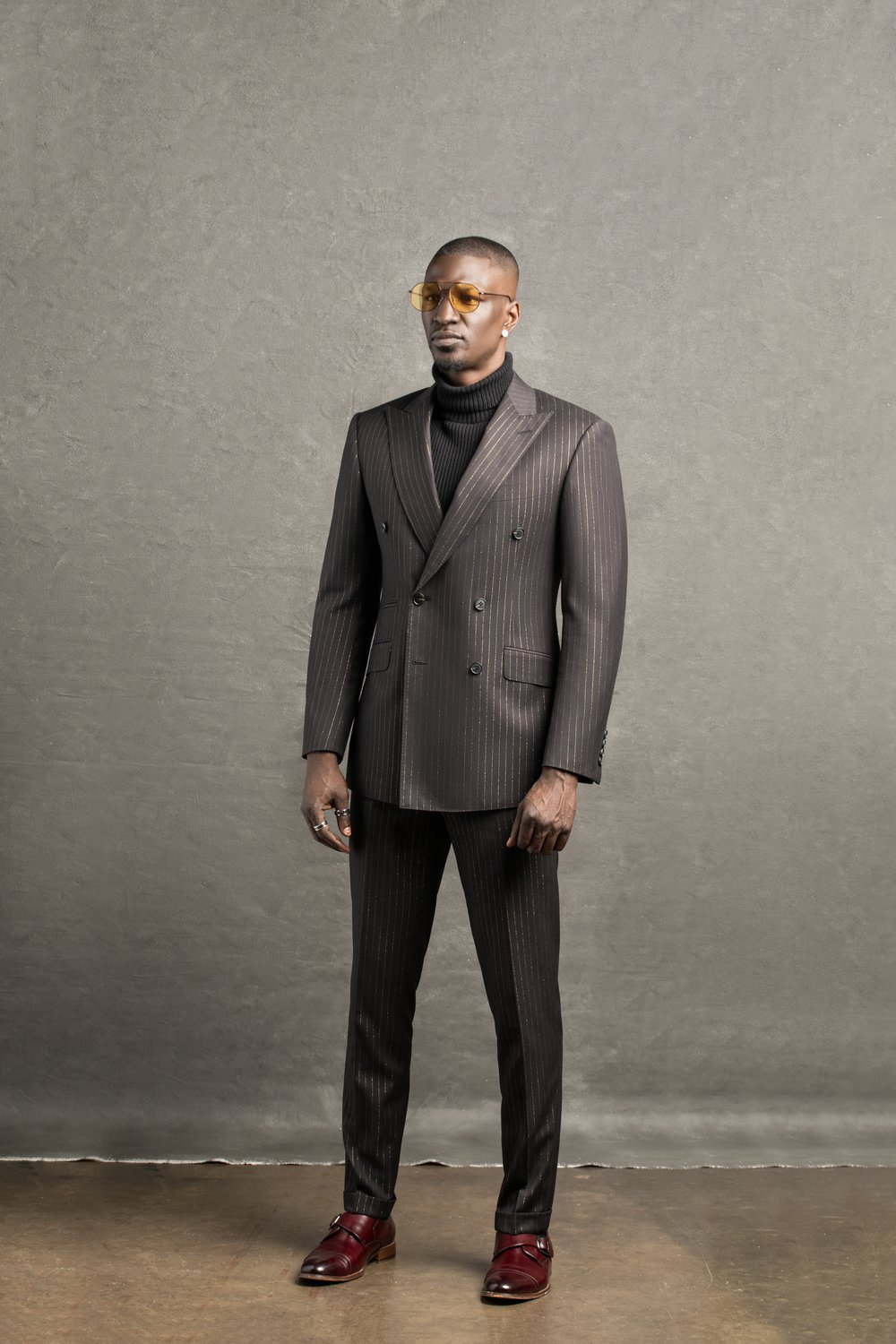A Deep Dive Into the World of Tailors: Methods, Tools, and Trends Forming Modern Fashion Design
The globe of customizing is a compelling crossway of classic craftsmanship and innovative technology, shaping the material of modern-day fashion style. From the essential tools that craftsmens possess to innovative methods that redefine fit and design, the customizing landscape is evolving.
The Art of Tailoring
The solution lies in the careful craftsmanship and customized fit that customizing embodies. Master tailors not only have technical abilities yet additionally a natural feeling of design, allowing them to develop garments that enhance an individual's silhouette while making certain convenience.
At the core of tailoring is the capacity to achieve a specific fit. Tailors use numerous methods-- such as rushing, curtaining, and shaping-- to contour the material flawlessly to the body.
Additionally, the artistry of tailoring prolongs past plain building. It incorporates the thoughtful choice of information, consisting of stitching patterns, button placements, and cellular linings, which jointly elevate a piece from normal to extraordinary. Fundamentally, the art of customizing changes textile into a masterpiece, showing the uniqueness and design of the user.
Essential Tools for Tailors
A successful tailor counts on a collection of crucial devices that are fundamental to the craft of tailoring. Amongst one of the most essential tools are high-grade scissors, developed for precision cutting of material and thread. Tailors likewise make use of rotating cutters, which supply efficiency and accuracy, particularly for straight lines and intricate patterns.
Measuring devices, such as tape measures, rulers, and benchmarks, are essential for making certain correct fit and placement. In addition, dressmaker's chalk or material markers are used for marking changes and patterns without harming the material.
Stitching devices, ranging from standard versions to sophisticated computerized versions, play a main function in the crafting process, permitting regular stitching and finishing. Just as vital are needles and thread, which should be selected according to the fabric kind to make certain longevity and visual appeal.

Innovative Techniques in Tailoring
As the garment industry evolves, dressmakers are significantly taking on cutting-edge strategies that improve both the craftsmanship and efficiency of their work. One significant advancement is the assimilation of electronic innovations, such as 3D body scanning and computer-aided style (CAD) These tools make it possible for dressmakers to produce accurate patterns that fit the unique shapes of each client, lessening the demand for multiple fittings and changes.
Furthermore, the surge of automated stitching devices has changed conventional methods, enabling faster manufacturing times without sacrificing top quality. These devices can perform detailed stitching and describing that would certainly be time-consuming when done by hand. In best site addition, the use of laser reducing innovation has structured the cutting procedure, making sure accuracy and minimizing fabric waste.
Sustainability is additionally affecting cutting-edge strategies in customizing. These cutting-edge techniques not only elevate the high quality of tailored garments however additionally redefine the duty of dressmakers in modern style.
Existing Fads in Style Layout
Existing fads in style layout mirror a vibrant mix of imagination and technical improvement, forming the market in extraordinary ways. As sustainability takes spotlight, developers significantly focus on green products and honest production methods. This shift not only reacts to customer demand for responsible fashion yet likewise promotes development in textile growth, such as using recycled materials and naturally degradable materials.

An additional considerable pattern is the revival of gender-fluid fashion, which tests typical standards and promotes inclusivity. Designers are crafting collections that oppose binary categories, enabling for a broader expression of identification. In addition, the influence of streetwear and athleisure remains solid, obscuring the lines Read Full Report between haute couture and daily wear, thus democratizing design.
The Future of Tailoring
Progressively, the future of customizing is poised to embrace a combination of traditional workmanship and ingenious modern technology. This development is characterized by the combination of digital devices, such as 3D body scanning and computer-aided design (CAD), which improve precision in measurements and pattern-making. These advancements enable tailors to produce bespoke garments that fit the specific completely, decreasing material waste and manufacturing time.
Moreover, the increase of lasting fashion is affecting customizing practices, engaging craftsmens to adopt eco-friendly materials and strategies (tailored suits perth). As consumers come to be more mindful of their ecological influence, the demand for tailored garments made from organic and recycled materials is anticipated to expand
Additionally, improvements in automation and artificial knowledge are set to transform the manufacturing landscape. While these modern technologies might enhance particular processes, they will certainly not change the imaginative intuition and ability integral to customizing. Rather, they will work as tools that enhance the artisan's capacities, permitting better creative thinking and technology.
Eventually, the future of customizing will likely mirror a harmonious balance between time-honored methods and innovative innovation, guaranteeing that bespoke fashion remains relevant and obtainable in an ever-evolving market.

Conclusion
In final thought, the globe of customizing exemplifies a harmonious blend of traditional workmanship and modern innovations. Vital devices and cutting-edge methods contribute to the precision and uniqueness of bespoke garments. Current trends highlight an expanding focus on sustainability and inclusivity, reflecting the evolving demands of modern consumers. As the sector continues to adjust, the combination of artisanal skills with technical technologies ensures that tailoring remains a vivid and pertinent element of style style. wedding suits perth.